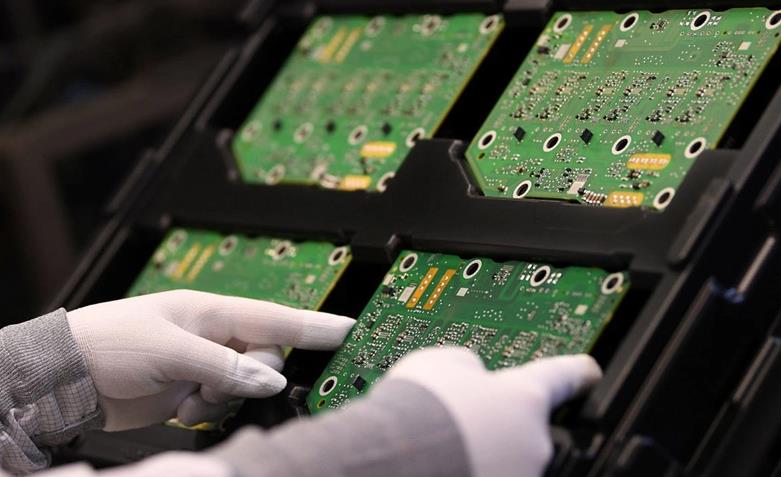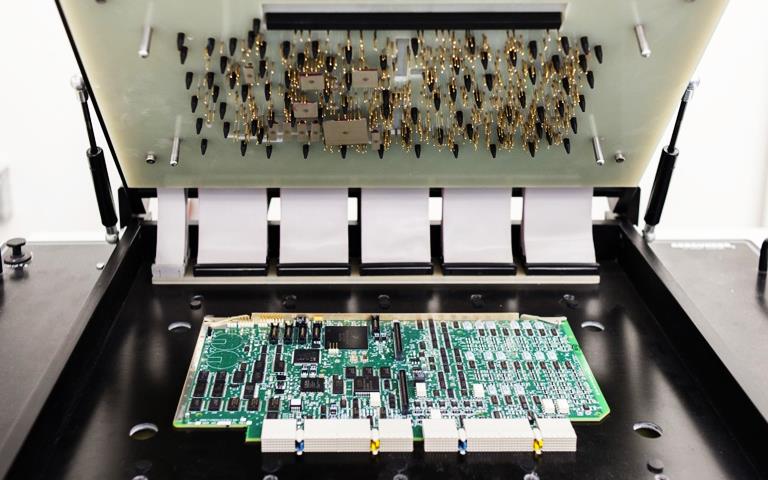What factors do I need to take into account when designing the size and shape of an LED printed circuit board?
When designing the size and shape of an LED printed circuit board (PCB), you need to take into account the following key factors:
Component Density and Layout: Consider the number, size, and type of LED components you need to place on the PCB. Arrange them in a way that optimizes the board area while ensuring proper spacing and heat dissipation.
Signal Integrity: LED PCBs often require precise signal transmission. The size and shape should facilitate efficient signal routing with minimal interference and noise.
Power Distribution: LEDs consume power, so the PCB design should consider power distribution requirements. This includes the placement of power supply components and the routing of power lines.
Heat Dissipation: LEDs can generate heat, especially when operating at high brightness. The PCB size and shape should allow for effective heat dissipation through appropriate material choice, thermal vias, and component spacing.
Manufacturing Constraints: Consider the manufacturing capabilities and limitations. For example, certain PCB sizes and shapes may be more cost-effective or feasible for mass production.
Industry Standards and Customer Requirements: Adhere to any relevant industry standards or customer-specific requirements regarding PCB size, shape, and mounting provisions.
Future Expansion and Modularity: If there is a need for future expansion or modular design, the PCB size and shape should allow for easy integration of additional components or modules.
The size and shape of an LED PCB should be designed with a balance between component density, signal integrity, power distribution, heat dissipation, manufacturing constraints, industry standards, and future expansion considerations.
Tags: PCB /LED_printed_circuit_board /LED /designing /
Prev: What are the design rules for 12-layer printed circuit boards?
Next: What does EMS mean in Printed Circuit Board Manufacturing?







